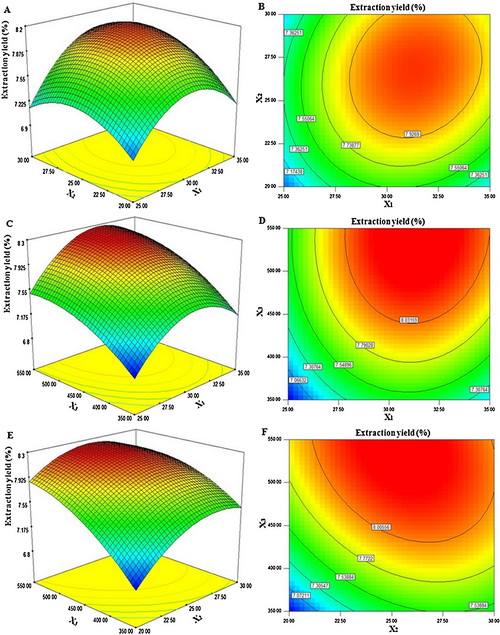Dynamic microwave-assisted extraction (DMAE) technique was employed for the extraction of polysaccharides from Lycium ruthenicum (LRP).The extracting parameters were optimized by usingthree-variable-three-level Box–Behnken design and response surface methodology (RSM) based on thesingle-factor experiments.
RSM analysis indicated good correspondence between experimental and pre-dicted values.
The optimum extraction parameters for the yield of polysaccharide were ratio of water to raw material 31.5 mL/g, extracting time 25.8 min and microwave power 544.0 W.
Polysaccharide was analyzed by chemical methods and Fourier-transform infrared (FT-IR).
The antioxidant activities of LRP were investigated including scavenging activity of 2,2-diphenyl-1-picrylhydrazyl (DPPH), hydrogen per-oxide and free radicals of superoxide anion in vitro.
The results of antioxidant activity exhibited LRP had the potential to be explored as novel natural antioxidant for using in functional foods or medicine.
Additional Information:
1 Author Information: Zenggen Liu, Jun Dang, Qilan Wang, Minfeng Yu, Lei Jiang, Lijuan Mei,Yun Shao, Yanduo Tao
Correspondence: zangyaokaifa@163.com (Y. Tao).
2 Published: International Journal of Biological Macromolecules 2013 (61):127– 134

Fig.Response surface plots (A, C, and E) and contour plots (B, D, and F) of extraction yield
affected by ratio of water to raw material (X1), extraction time (X2), and microwavepower (X3).
